
Hyperscalers, Enterprises Pull Back On Server Spending
The server cycle has some long waves that are not always in phase with each other, and that is generally a good thing. …

The server cycle has some long waves that are not always in phase with each other, and that is generally a good thing. …
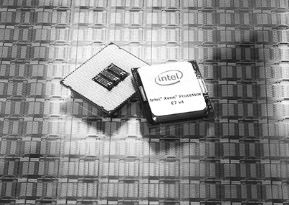
Intel is coming to the finish line with its 14 nanometer chip making process with the launch of the “Broadwell” generation of Xeon E7 server processors in China today. …
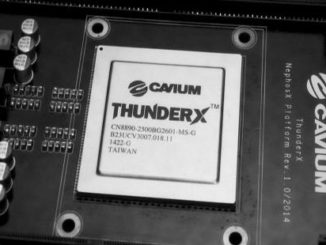
Networking chip maker Cavium is one of the ARM server chip upstarts that is taking on Intel’s hegemony in the datacenter, and is probably getting the most traction among its ARM peers in the past year with its ThunderX multicore processors. …

While online auctioneer eBay does not run the largest search engine in the world, search is a very key component of its service, which has over 162 million active buyers and 900 million product listings. …

The datacenter is a battleground with many fronts these days, with intense competition between compute, memory, storage, and networking components. …
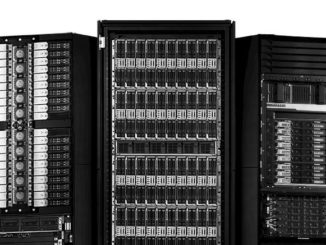
Any aspirations that the Hewlett-Packard that we knew for nearly a decade and a half to build a conglomerate that resembled IBM in its own former enterprise breadth and depth of software, services, and systems is now over with the company spinning out its Enterprise Services business and focusing very tightly on its core hardware and related software businesses. …

While legacy monolithic applications will linger in virtual machines for an incredibly long time in the datacenter, new scale-out applications run best on new architectures. …

No one expects that setting up management tools for complex distributed computing frameworks to be an easy thing, but there is always room for improvement–and always a chance to take out unnecessary steps and improve the automated deployment of such tools. …
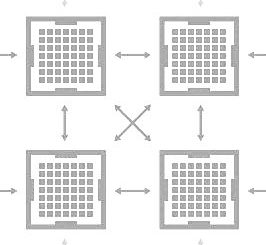
Accelerators and coprocessors are proliferating in the datacenter, and it has been a boon for speeding up certain kinds of workloads and, in many cases, making machine learning or simulation jobs possible at scale for the first time. …
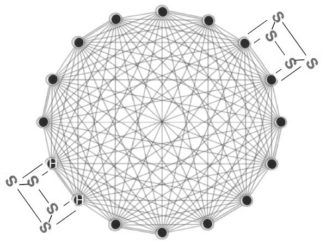
Hyperscalers and the academics that often do work with them have invented a slew of distributed computing methods and frameworks to get around the problem of scaling up shared memory systems based on symmetric multiprocessing (SMP) or non-uniform memory access (NUMA) techniques that have been in the systems market for decades. …
All Content Copyright The Next Platform